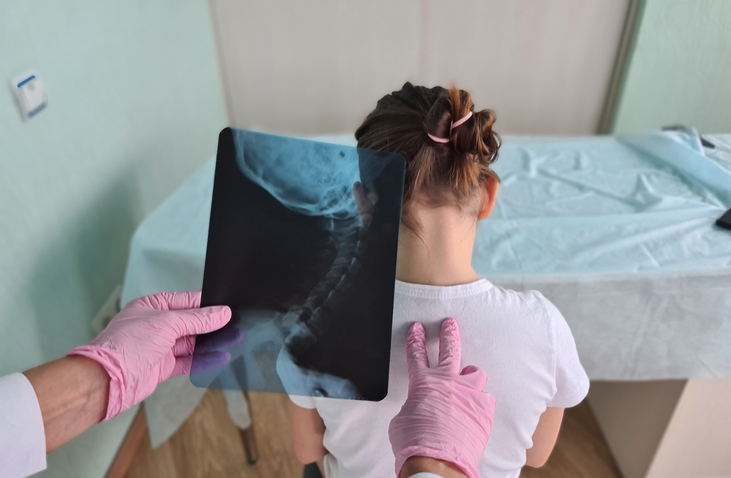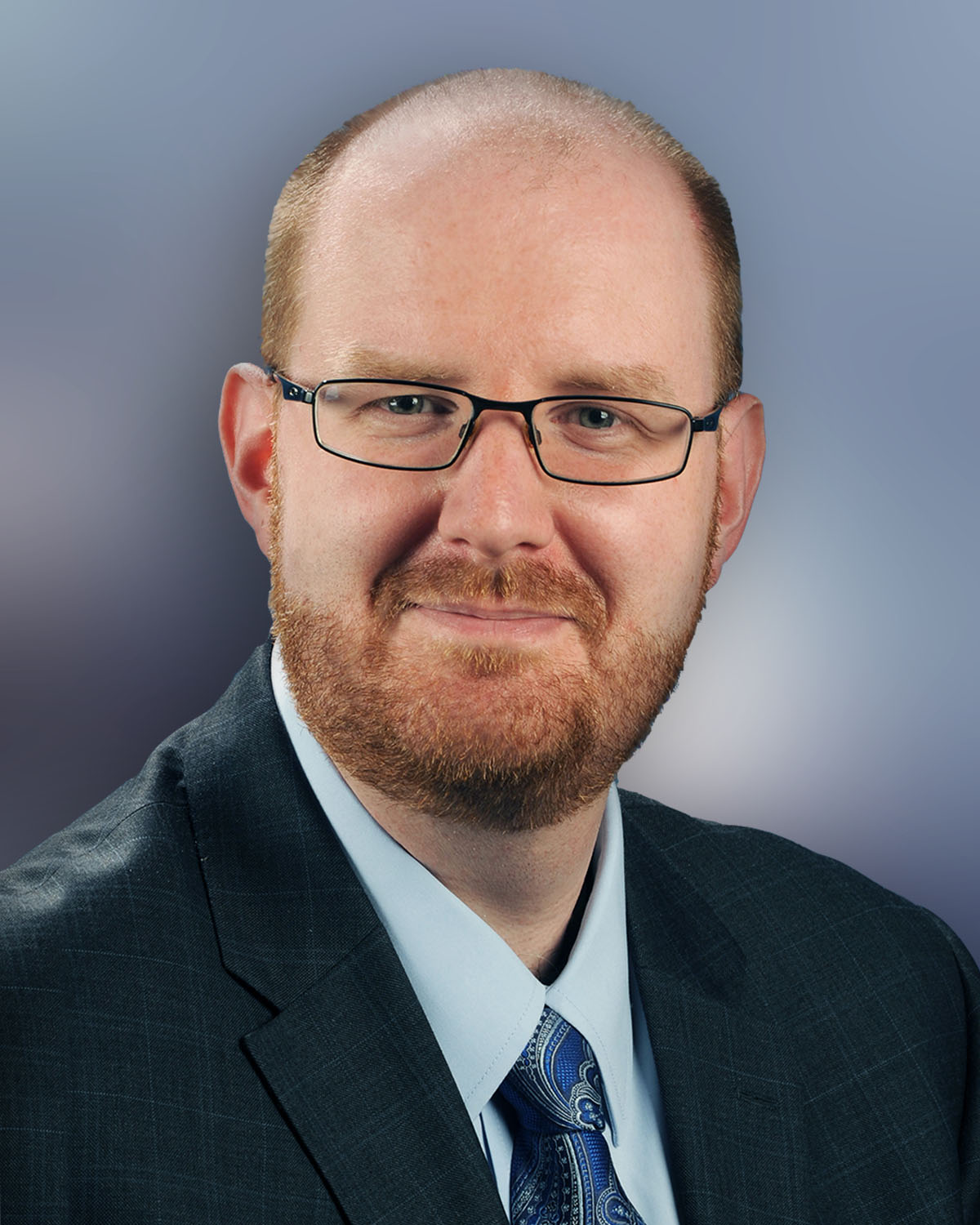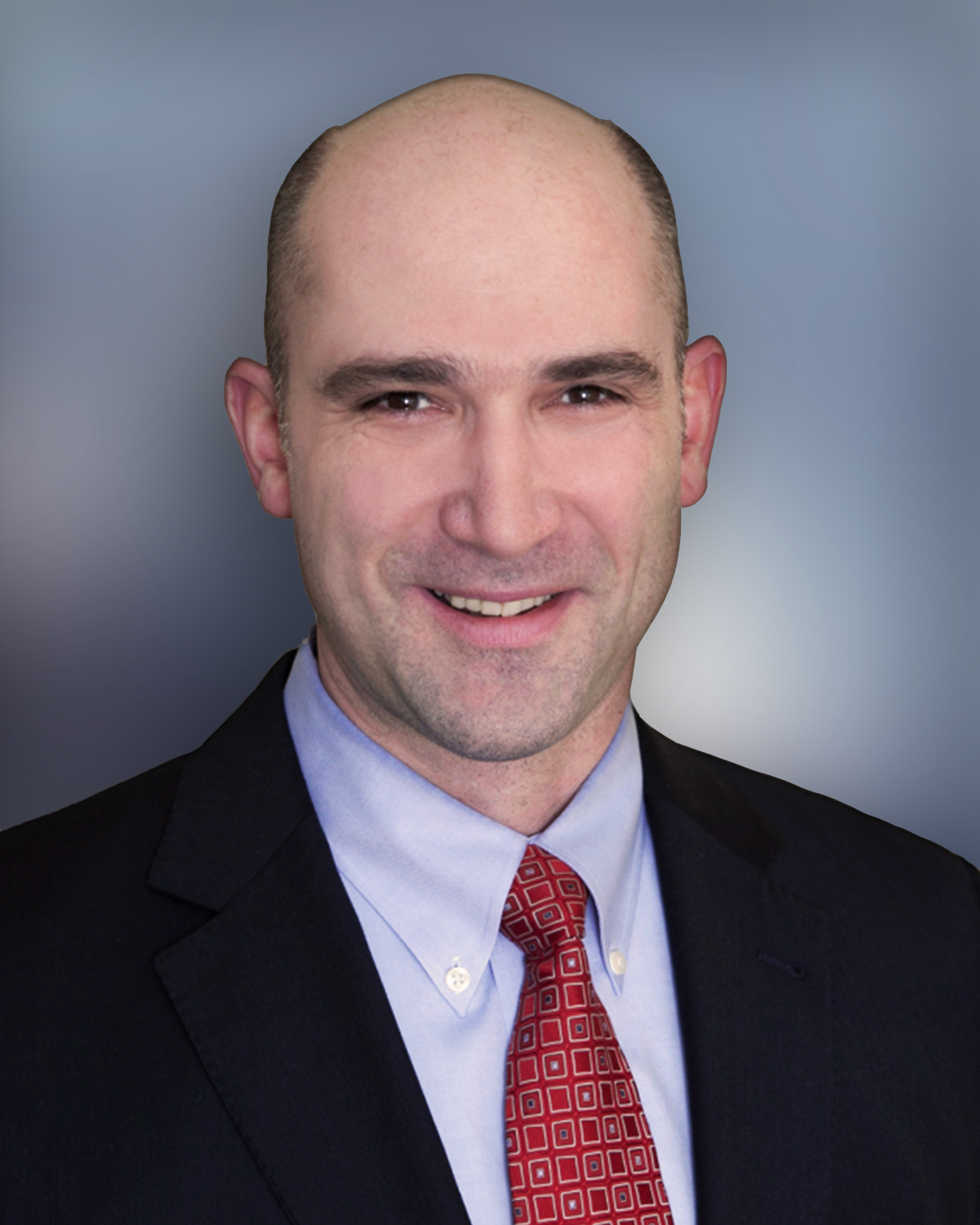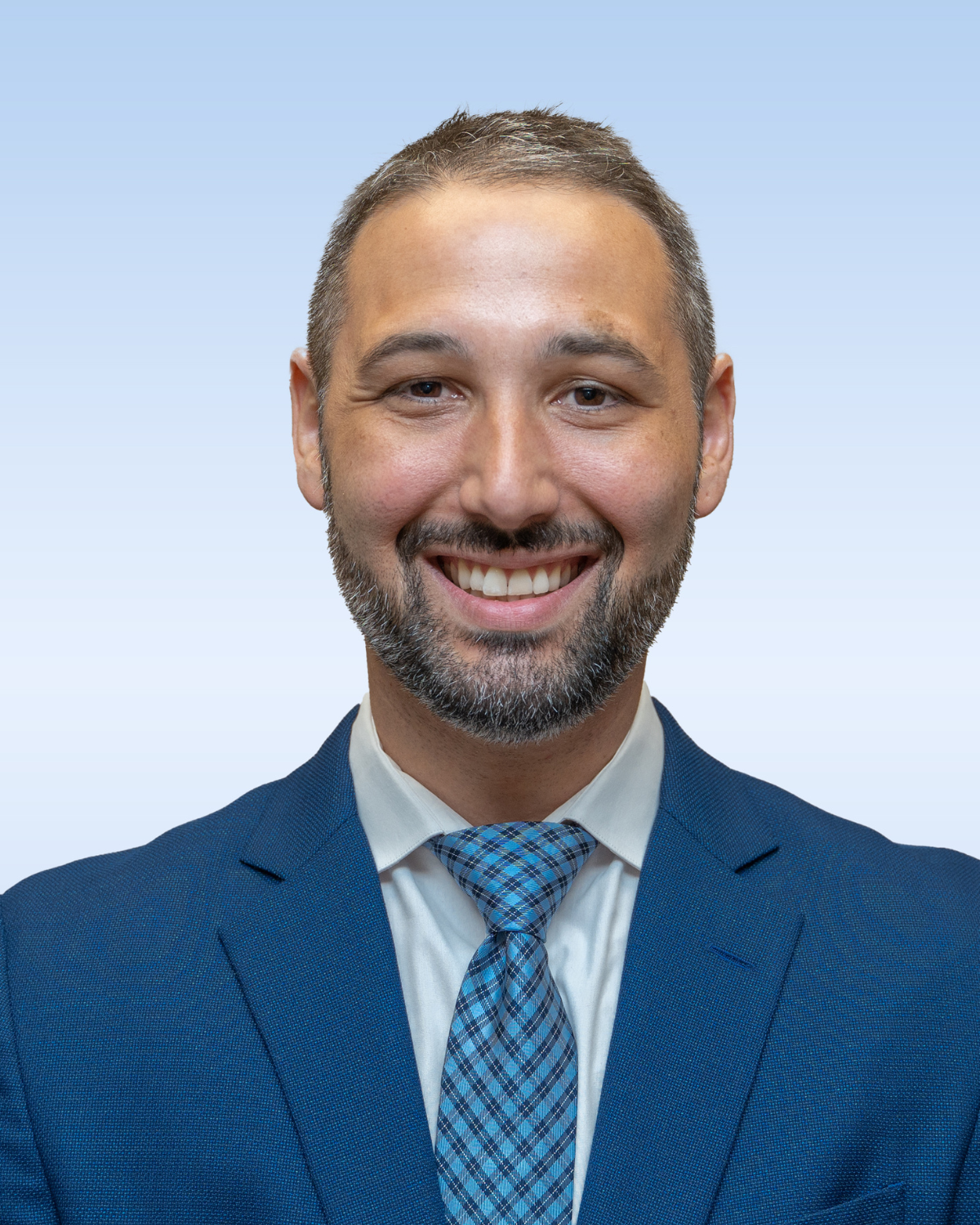Scoliosis: Doctors and Treatments
Scoliosis occurs when the spine develops a sideways curve. It is most common in children and adolescents. There are several different treatment options available for scoliosis, depending on the severity and the age of the patient.

Meet Our Orthopedic Scoliosis Specialists in New Jersey
At Seaview, our scoliosis specialists, Dr. Paul Haynes, Dr. Christopher Collins, and Dr. Jon Lentz specialize in scoliosis treatment and are here to help you find the treatment plan that is best for you or your child.
Is Scoliosis Hereditary? Exploring Genetics & Development
In 80-85% of cases, it is not known what caused a child to develop scoliosis. This is known as idiopathic scoliosis. Scoliosis tends to run in families, but there are no known ways of preventing it. Poor posture does not cause scoliosis.
In other cases, scoliosis is congenital, meaning the child was born with it. If one or more of the vertebrae do not form completely, or the vertebrae do not separate properly as the spine develops before birth, the child may have scoliosis at birth. Some cases of congenital scoliosis can change very quickly as the child grows, while others remain largely unchanged over time. Children with congenital scoliosis often have other health issues, such as kidney or heart problems, as well.
Neuromuscular conditions like cerebral palsy, muscular dystrophy and spinal cord injuries can also cause scoliosis due to muscle imbalance and/or weakness.
Treatments for Scoliosis
Initial treatment for scoliosis may be nonsurgical, but if the curvature of the spine is severe or worsens over time, surgery may be considered.
For more minor cases of scoliosis, your doctor may recommend simply keeping an eye on the curve to make sure it doesn’t get worse. However, if the curve is 20-40 degrees when first measured and has increased more than 5 degrees over time, bracing may be recommended to stop the progression of the curve. Bracing may also be recommended for children who have a curve that is more than 30 degrees and still have a lot of growing left to do.
The primary purpose of bracing is to stop the progression of the curve. Bracing is typically done until the patient has stopped growing, at which point the curve is much less likely to get worse.
Braces for scoliosis can be made of rigid plastic or soft elastic material. The type of brace needed will depend on the positioning of the curve, the flexibility of the curve, and how many curves there are in the spine. The child’s lifestyle and activities will also be considered when choosing a brace.
Depending on the curve and the child, we may recommend a brace that can be worn as little as 8 hours a day, while the child is sleeping. Braces designed to be worn during the daytime may be worn for a longer period of time. The longer the brace is worn, the less likely the patient is to need surgery in the future. Your doctor will advise you on how and when to wear your brace. Patients with braces will typically see their doctor approximately every 6 months to re-evaluate the patient’s condition.
Surgery is typically recommended for patients with 45-50 degree curves in the spine, or for patients whose curves get worse over time.
Surgical treatment for scoliosis involves spinal fusion. During this procedure, the surgeon realigns the spine and fuses the curved vertebrae together. The fused vertebrae heal together, creating one solid bone. This can greatly reduce the curve in the spine.
To fuse the bones together, your surgeon will use a bone graft, taken either from the patient’s hip (autograft) or from a cadaver (allograft). Your surgeon will help you determine which type of bone graft is right for you. Rods and screws may be used to hold the fusion in place, and are typically not removed after the bones have fused.
Schroth Physical Therapy
The Schroth Method is a physical therapy method created specifically to reduce curve progression in the spine. The Schroth Method Uses 3D postural correction specific to the curve type, achieved by reshaping the body through amplification of the corrections done with increased expansion and stabilization/muscle activation.
Corrections taught during physical therapy become conscious posture, and later becomes automatic and integrated into daily life. The goal of Schroth therapy is to build muscle memory of the corrected posture, movement patterns and different positions to integrate it into daily living.
Scoliosis Surgery Recovery
Patients will typically need to stay in the hospital for a few days after a spinal fusion but are typically able to walk within 3 or 4 days of surgery. Children who have undergone a spinal fusion may need to stay home from school for 2 to 4 weeks. Patients will also need to avoid certain activities while the spine heals. Heavy lifting and bending forward should be limited as much as possible for the first 6-12 weeks. Patients are able to resume exercise and sports activities within 4-6 months of surgery, but contact sports should be avoided until the spine has fully healed. A complete, solid fusion of the spine is typically achieved within 6-12 months of surgery.
The fused portion of the spine will be immobile, but your surgeon will fuse only the vertebrae that are necessary and safe to reduce the curvature. This will allow you to retain motion in the unfused parts of the spine. Once fully healed, patients are able to participate in most activities, but may need time to adapt for some activities.
Scoliosis Treatment in Central New Jersey and Jersey Shore
At Seaview Orthopaedics, we have three surgeons specializing in the treatment of scoliosis: Dr. Paul Haynes, Dr. Christopher Collins, and Dr. Jon Lentz. If you think your child may have scoliosis and you would like an evaluation, our skilled providers are here to help. To book an appointment at one of six NJ offices, please call us at (732) 660-6200 or use our online appointment scheduling service.




